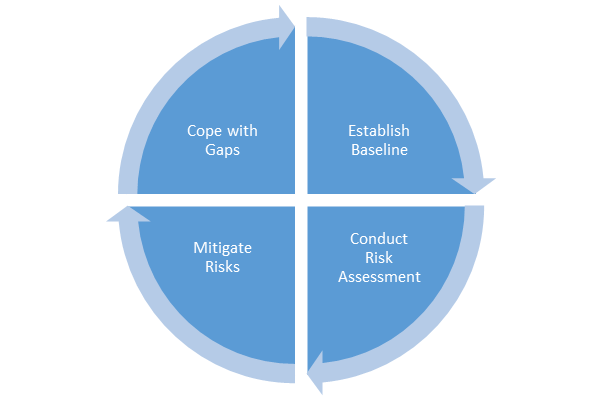CGMS Contingency Planning
The CGMS Contingency Plan provides guidance and processes for identifying, mitigating, and coping with capability loss against the CGMS Baseline. This plan provides guidance to CGMS Members to ensure continuity of their missions, discusses steps Members can take to coordinate continuity among themselves, and steps CGMS can take to monitor and respond to losses.
The CGMS Contingency Plan defines the key terms as follows:
- Contingency: Within the context of the CGMS, a contingency arises when CGMS is no longer in a position to provide certain satellite-based observations, measurements, and services that are part of the CGMS Baseline or when the group anticipates that such a situation is likely to occur in the near future.
- Contingency Planning: The development of strategy, analysis, planning, development of capabilities, and processes necessary to assure continuity of established baseline observations, measurements, and services in the event of unforeseen circumstances.
- Mitigation: Proactive attempt by a CGMS Member or CGMS to ensure continuity of observations, measurements, and services in support of the CGMS Baseline; an effort to anticipate and thereby reduce or eliminate the probability of a risk materialising or risk avoidance.
- Coping: Steps taken by a CGMS Member or by CGMS to reduce the impact of a materialised risk or capability loss against the CGMS Baseline. These will generally be referred to as “capability losses” or simply “losses.”
Overall, The CGMS level contingency planning follows a traditional risk management framework in order to avoid degradation or loss of service, and to minimise the impacts of any potential losses. The process can be seen in the figure below.



